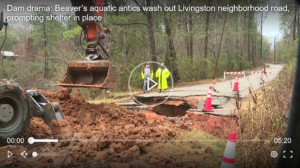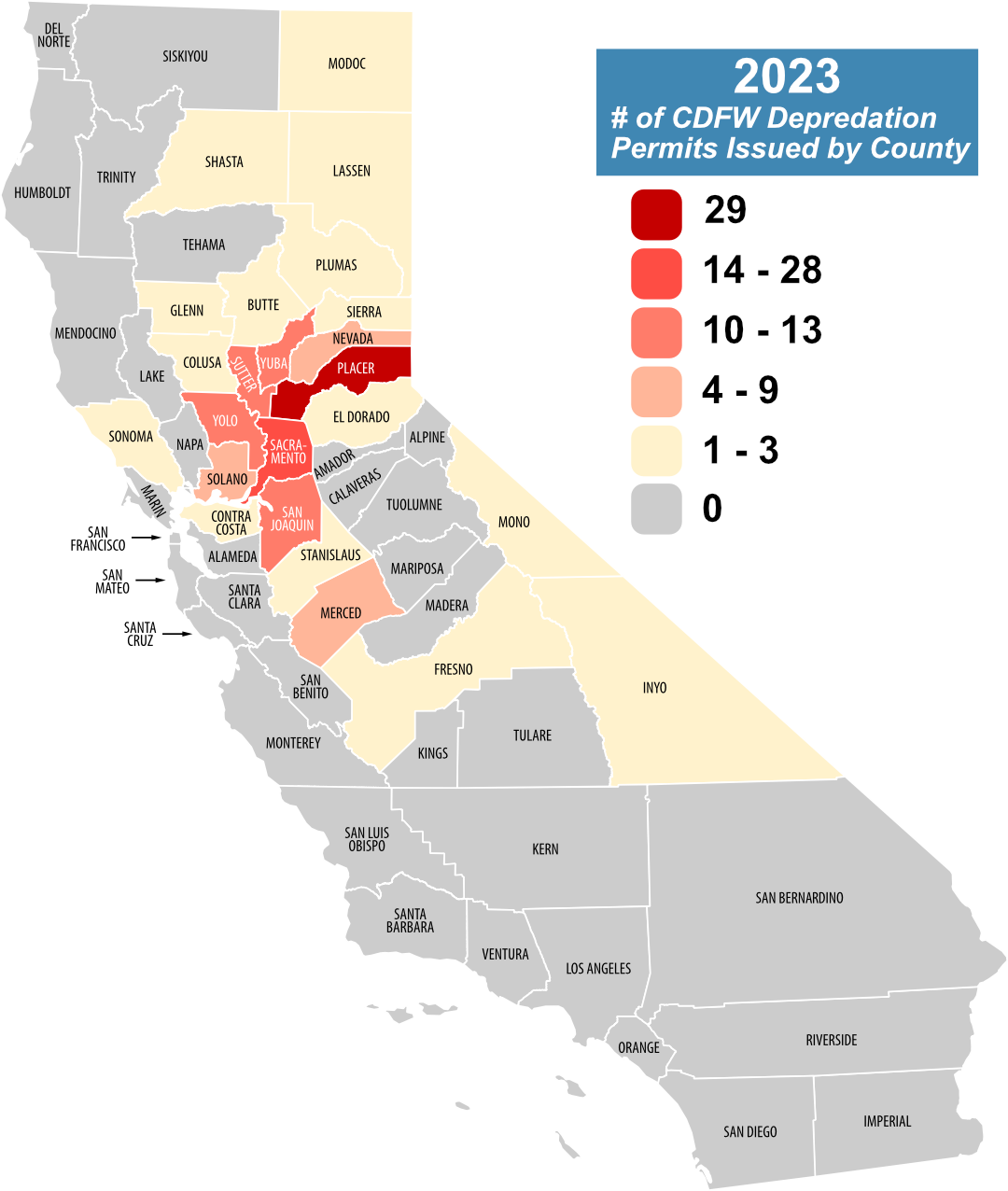Taking the lion’s den message straight to the lions den. I think I love this woman!
Mountain View County urged to protect beaver habitat
 MOUNTAIN VIEW COUNTY – A board member of the Red Deer Watershed Alliance (RDWA) has called on Mountain View County to step up efforts to protect area wetlands, including beaver habitat.
MOUNTAIN VIEW COUNTY – A board member of the Red Deer Watershed Alliance (RDWA) has called on Mountain View County to step up efforts to protect area wetlands, including beaver habitat.
Karen Fahrlander, a Sundre-area resident, appeared before council at the recent regularly scheduled council meeting, held in person and online.
“(Beavers) are known as climate superheroes,” she said. “With the impending drought we are facing and with wildfires, beavers can help mitigate drought and wildfires.
“What an amazing creature they are. I’m here today to help us learn how to co-exist with them. The value of beavers in an area cannot be underestimated.”
RDWA was created in 2005 as a non-profit society. It serves as the designated Watershed Planning and Advisory Council for the Red Deer River watershed. Members include Mountain View, Red Deer, and Clearwater counties.
Beavers help create wetlands that, in turn, support many other animals, she said.
Karen! What a great venue and opening! Have you ever thought about having a beaver festival? Maybe we could chat afterwards…
“They keep fresh water on the land, and it’s a great way to protect and prevent forest fires,” she said. “Their wetland support biodiversity, including 43 per cent of our endangered species. They help forests and plants grow and they maintain stream and river flow.”
Members of the Sundre Camera Club, including Fahrlander, have for many years photographed and observed local beavers in action, she noted.
“With increasing pressures from climate change, industrial activity, and recreational activity, beavers offer a solution towards maintaining a healthy ecosystem and thriving biodiversity,” she said.
Fahrlander called on the county to reconsider the practice of drawing water from area ponds, streams and creeks for use in dust control.
“I’ve talked to my neighbours about this and we’ve all agreed that we would much rather see a healthy wetland and we will put up with the dust,” she said.
Me too! I’d rather have a healthy wetland than a dust free road! Good point!
“I’m asking you if (removing the water) can be curtailed in the face of the drought that we are heading into and just maybe look at things in a different way. It’s definitely a concern.”
She says she has also witnessed private citizens and companies extracting water from area wetlands.
“I have seen an increase hydraulic fracking,” she said. “It used to be flat lines that I saw along the ditches in Mountain View County and that has been replaced by larger hoses along the sides of the ditches.
“I’m hoping that working together we can come to some kind of an agreement to protect wetlands and small streams because I think we are at a place where it really needs that.”
Clean water is more valuable than people think. We tend to take it for granted.
RDWA’s spring forum will be held in Sundre on March 8, she noted.
“I think it is important to have it in Sundre because Sundre is surrounded by water,” she said. “All of those tributaries that flow through Sundre invite us to look at water hopefully in a new protective way rather than taking it for granted.
“I invite you to attend. There will be speakers there from across Alberta and we will be there sharing ideas and working toward protecting our watershed.”
As well, a second event will be held on May 2-3, also in Sundre, she said.
“It will be an event where watershed partners will be invited to set up a table in the community centre and again collaboration is the key,” she said.
Students will be involved on the first day, with the public invited to attend on the second day, she said.
Good. Get the young people involved. Get the council involved. There’s something to be said for that combination. I should know.
“Together our actions do make a difference and I believe we can work towards achieving sustainable watersheds where biodiversity thrives,” she said.
Coun. Peggy Johnson said, “Thank you Karen, your presentation was excellent.”
Council carried a motion accepting the delegation’s presentation as information.
Oooh. High praise indeed. We are going to call your hard work actual INFORMATION. That’s really something.
Don’t feel unappreciated Karen. My first day on the beaver subcommittee I presented every member with a binder full of tabulated information about beaver benefits and beaver solutions. It cost a pretty to make and bind them at kinkos and I’m sure the mayors copy ended up in the trash.
But I know at least one member of public works referred to it over and over.. He once referred to it as the ‘beaver bible.’
Beavers are won and lost at the margins. Always try for the moon.



